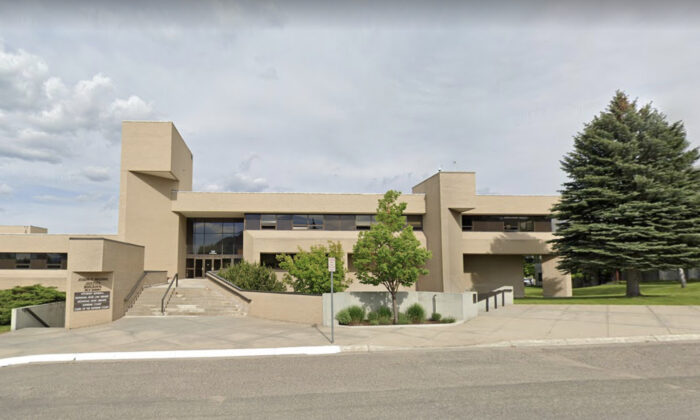
OTTAWA — The Bloc Québécois is calling for work to immediately stop on an already-approved nuclear waste facility at the Chalk River research site in eastern Ontario, arguing its current placement unnecessarily risks Quebecers’ water supply — a claim the company behind the project denies. Bloc Leader Yves-François Blanchet held a news conference on Parliament Hill Monday with First Nations from Ontario and Quebec who also oppose the project. Trumpeting his solidarity with the leaders, who claim the project’s approval early this year violated their rights as Indigenous Peoples, Blanchet said the waste facility is too close to the Ottawa River that separates Quebec from Ontario and flows into the St.
Lawrence River. Speaking in French, Blanchet described the plan as a way to take the “dangerous” waste from Ontario’s nuclear industry and place it in a spot that he claimed could put the water supply of Quebecers at risk. “This is unacceptable to us,” Blanchet said.

He added that the planned facility “should be placed elsewhere.” Chief Lance Haywood of the Kebaowek First Nation, who attended the news conference with Blanchet, accused the company building the facility — Canadian Nuclear Laboratories, which is contracted to run the Chalk River facility by an arms-length federal Crown corporation — of dismissing his community’s concerns, which include worries about disruption to local bears and other wildlife. Haywood said the company is presenting a “façade of reconciliation” over its failure to seek his nation’s consent for the project, which is on unceded territory of the Algonquin Anishinaabeg near Deep River, Ont.
, almost 200 kilometres northwest of Ottawa. The Kebaowek First Nation has also launched a legal process in Federal Court that seeks to overturn the January decision by Canada’s federal nuclear regulator to green-light the project. “We will not stand by while our rights are trampled, our lands desecrated and our future put at risk,” Haywood said.
In an emailed statement to the Star, Canadian Nuclear Laboratories denied the project poses any risk to drinking water downriver, and said that 90 per cent of the waste destined for the new site is already stored at the company’s existing operation in Chalk River. “We remain fully committed to building meaningful relationships through ongoing engagement with Indigenous communities as part of Canada’s journey to reconciliation,” the emailed statement said. “We are working very closely with Indigenous Peoples and Nations to ensure that their perspectives are heard.
” The waste disposal facility is situated about one kilometre from the Ottawa River, and is approved to store up to one million cubic metres of “low-level radioactive waste,” such as contaminated protective clothing and building material. The Canadian Nuclear Safety Commission the project in January, more than eight years after Canadian Nuclear Laboratories first raised the idea. A spokesperson for the commission declined to comment Monday, citing the Federal Court challenge.
In announcing its decision earlier this year, the commission concluded the project is “not likely to cause significant adverse environmental effects,” including to the nearby Ottawa River, in part because the waste site is above the area’s “maximum calculated” floodwaters and sits on bedrock with groundwaters that flow away from the river. The commission also concluded that the “duty to consult” Indigenous Peoples was met, and that the project has a “strong safety case” with a design that is “sufficient to withstand severe weather events, seismic activity and the effects of climate change.” According to the safety commission, most of the waste slated for disposal there will come from the company’s existing Chalk River Laboratories operation at the site, with about 10 per cent coming from other sites, including commercial sources like hospitals and universities.
The waste site is planned as an “engineered containment mound” that covers 37 hectares, alongside other facilities like a wastewater treatment plant. The project has been controversial for months, with several municipalities in the region and environmental groups stating their opposition alongside First Nations. Bloc MPs and Green Leader Elizabeth May have also denounced the project.
.














